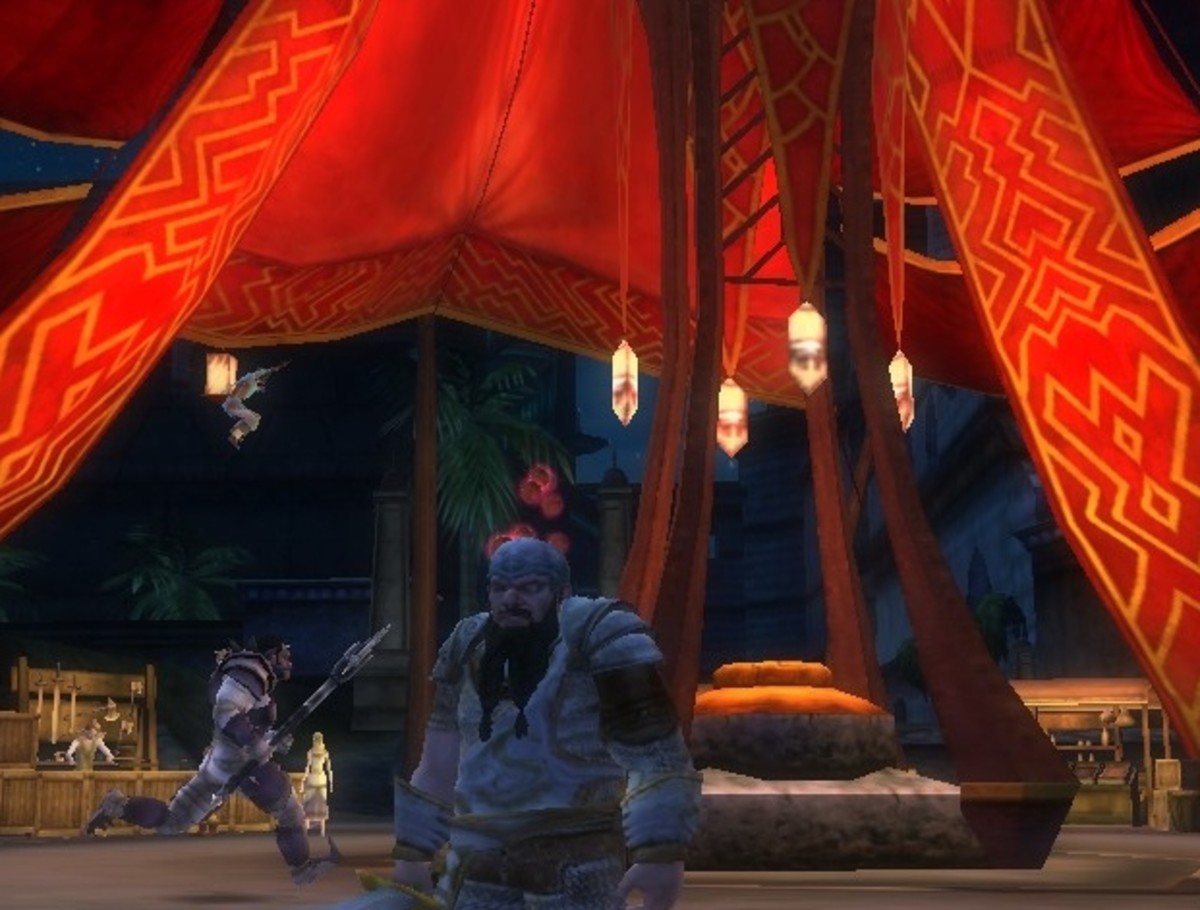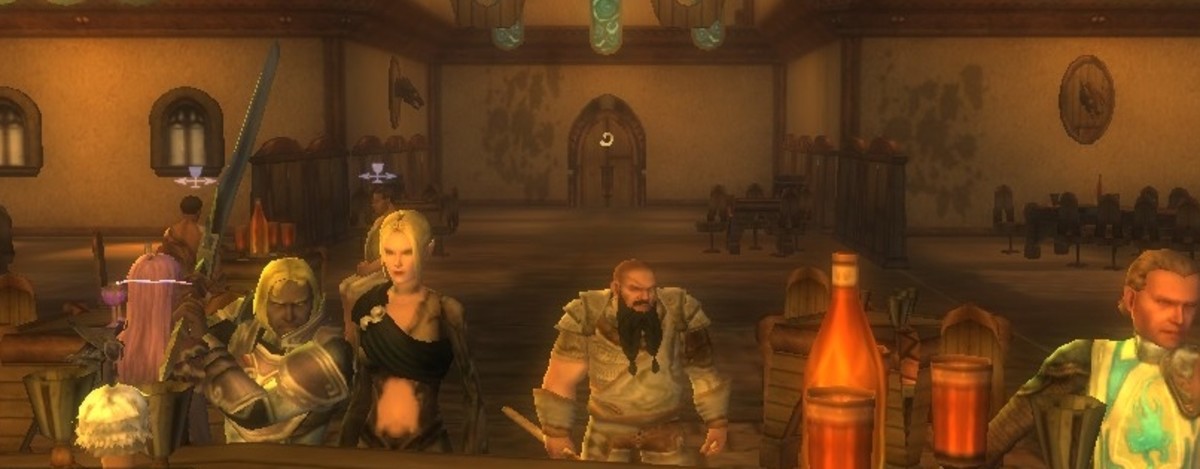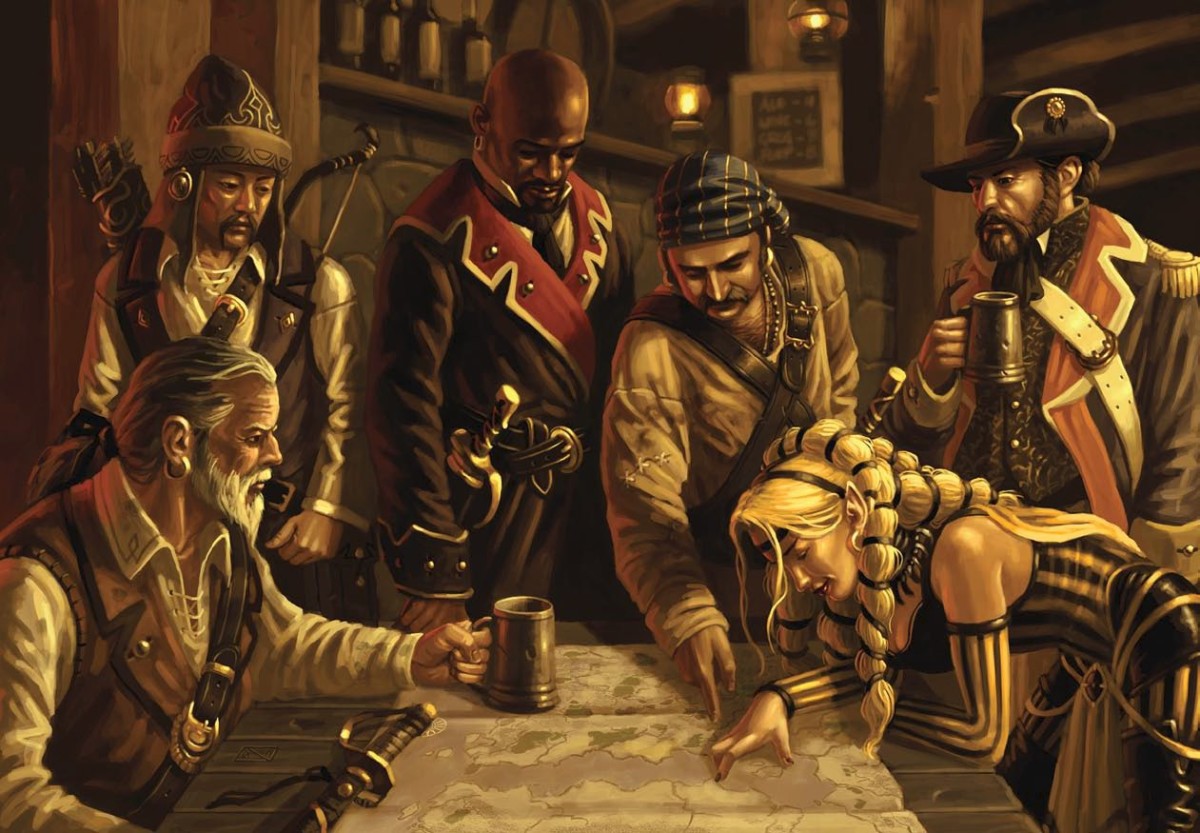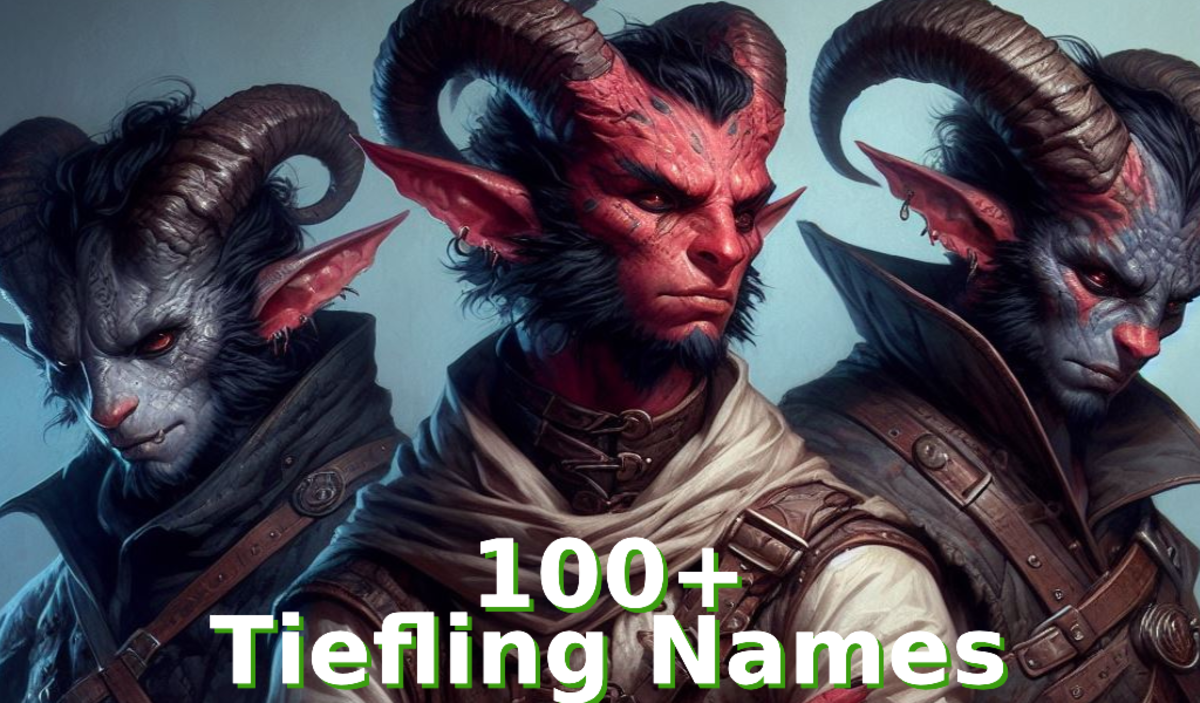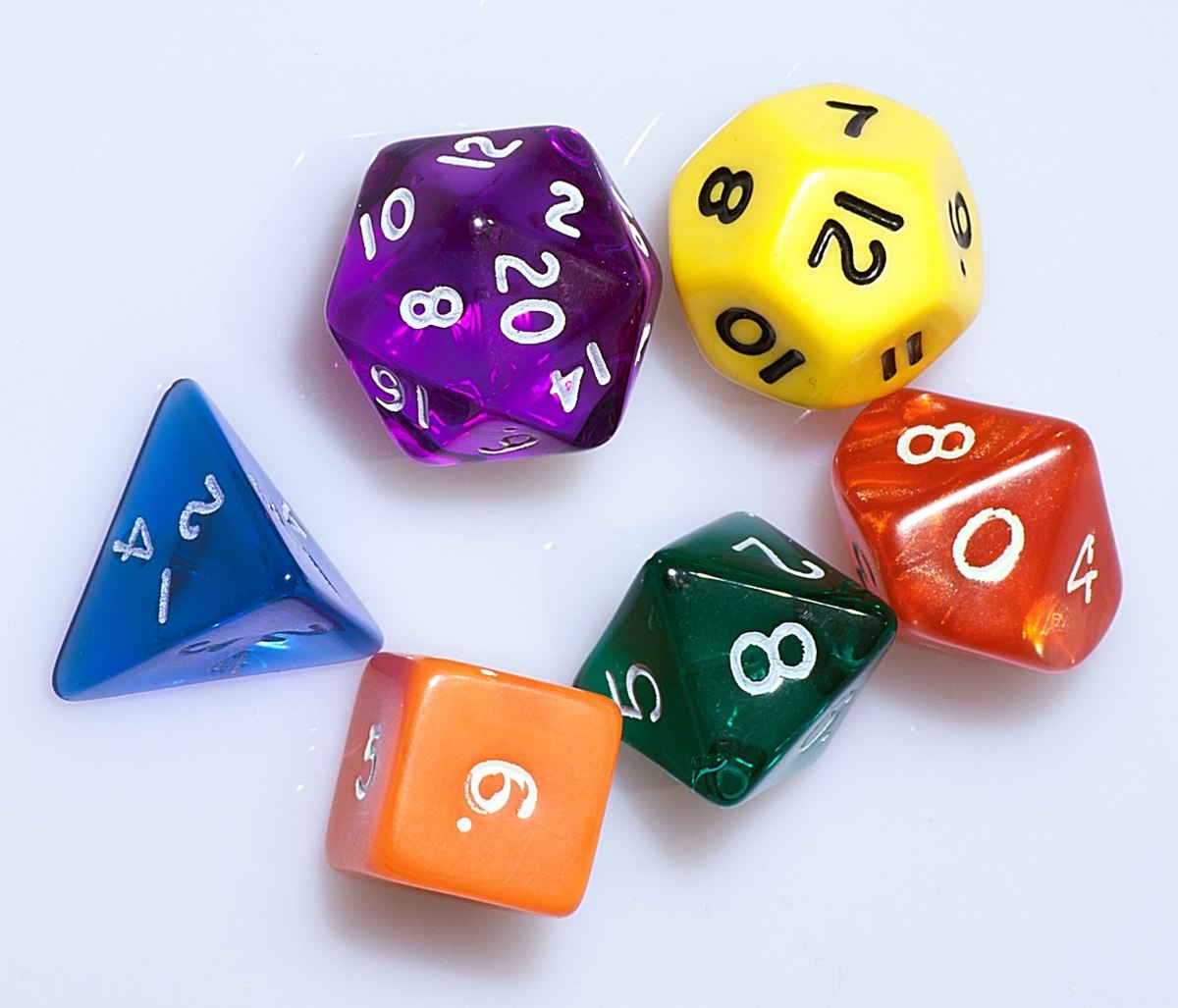Dungeons and Dragons Miniatures Games
Welcome
Dungeons and Dragons may have created the world of table top role playing but it did not start life that way. D&D began as a fantasy supplement for medieval war games. Dungeons and Dragons still take a lot from table top wargaming and many players use miniatures from these wargames to represent themselves. Over the years there have been a handful of miniature games based on the world of Dungeons and Dragons. These wargames have all been rather successful in their own right. Read on to learn more about these miniature games.
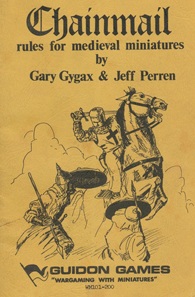
The original Chainmail
Chainmail was first published in 1971 as a medieval war game rule set. In the end of the rules Gary Gygax added a 14 page fantasy supplement to the rules. These additional rules while considered an afterthought at the time would become the foundation of Dungeons and Dragons. The fantasy rules would quickly become the part of Chainmail that caused it to stand out among the crowd of other war game rules. Chainmail contained four different rule sets when it was published. These rules cover mass combat, one on one combat, jousting rules and of course the fantasy rule set. Also included in the Chainmail rules where details on how to incorporate mines into a war game. In the rules for mines it was made clear that war gaming underground could only be done on paper and would require a third player acting as a sort of referee for the action. These rules laid the foundation for the role of the Dungeon Master as well as the process of mapping a dungeon on graph paper used in Dungeons and Dragons. Chainmail was used in Dave Arensons game Blackmoor to resolve combat. Chainmail became an integrated part of the Dungeons and Dragons experience and in fact was listed as a requirement for the original Dungeons and Dragons game. Dungeons and Dragons also offered its own combat system using the special twenty sided die, this system would become the norm among D&D players. Chainmail was published by Guidon Games and saw two editions with them. In 1975 TSR bought the rights to many of Guidon Games systems, among them was Chainmail. TSR released a third edition of the game in 1975 and was printed until 1979.
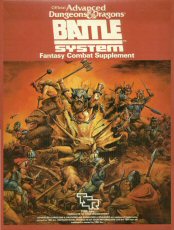
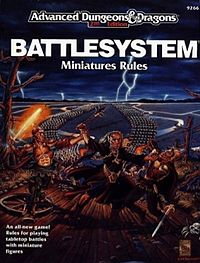
Battlesystem
Promoted as the successor to Chainmail Battlesystem was released as a supplement to both the Dungeons and Dragons and Advanced Dungeons and Dragons games. The first edition was released in 1985 as a box set which included the rule book as well as a scenario booklet, miniatures and various player aids. Battlesystem did not have rules for any of the troops or heroes used in the game but rather provided tables to convert any existing creatures or characters from the Dungeons and Dragons game. The rule book was divided into four parts which started with simple movement and combat rules and then layered more complex rules onto the game with each subsequent section. The first edition was received very well by both players and critics. Battlesystem allowed Dungeon Masters to incorporate mass combat into their Dungeons and Dragons games as well as be played stand alone. Finding a nice mix between easy to learn rules and detailed combat the first edition of Battlesystem became such a success that TSR published a second edition in 1989. Unlike the first edition the second edition of Battlesystem was published as two softcover rule books. The first book was simply Battlesystem 2nd edition and again focused on mass combat. The second book was titled Battlesystem: Skirmishes and focused on smaller conflicts. The second edition of Battlesystem once again allowed players to convert monsters and heroes from their Advanced Dungeons and Dragons games into combatants on the miniature battlefield, Even with many positive reviews, much better production value and an Origins award sales where low and battlesystem was discontinued. With the recent resurgence of interest in AD&D today the rules can be found online for sale.
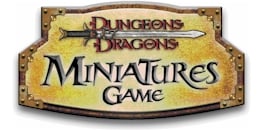
Dungeons and Dragons Miniatures
From 2003 to 2011 Wizards of the Coast published a collectible miniature game titled simply Dungeons and Dragons Miniatures ( DDM ). These where pre-painted plastic miniatures that where sold in either a starter box or booster packs. Much like collectible card games such as Magic;The Gathering the contents of these packs where randomized. Each miniature was accompanied with a card detailing the stats of the miniature as well as any special abilities the figure may have. The rule set for Dungeons and Dragons Miniatures was based on the D20 rule set used by Dungeons and Dragons 3rd edition. Over the lifetime of the game there where twenty expansions offered. These expansions added new rules as well as new miniatures to the DDM line. In 2008 DDM saw a massive rules revision in order for it to keep in line with the newly released Dungeons and Dragons 4th edition. This revision was known as Dungeons and Dragons Miniatures 2.0. Over the course of the next year all currently available DDM miniatures had their stats and profile cards updated to reflect the new rule changes. Less then a year after announcing the changes to rules Wizards of the Coast also announced that they would be changing the way that the miniatures would be packaged. This new packaging reduced the randomness of the miniatures by making one miniature visible for booster packs containing monster and all miniatures visible for packs containing heroes. Shortly after these changes Wizards of the Coast also announced that they would no longer be including the stat cards with the miniatures for DDM. Instead these new miniatures where to be used with the Dungeons and Dragons role playing game. In November 2008 the fan community known as DDM Guild was given the rights to continue to publish and support rules for the war game portion of Dungeons and Dragons Miniatures. In 2010 Wizards of the Coast once again changed the packaging back to being completely random. Even though DDM was constantly one of the best selling collectible games in 2011 Wizards of the Coast immediately stopped all publication of the game. There is still a very avid community of players for DDM and the miniatures are not hard to come by via either Amazon or Ebay.
Further Reading
If you are interested in learning more about the vast world of Dungeons and Dragons please click here. Also feel free to share this page on Facebook and comment below. Thanks for reading.

